These short guidance notes aim to reduce rejections and delays by providing more clarity on what information to include in gateway 2 applications

The publication of the Construction Leadership Council’s new gateway 2 guidance in July has only highlighted the considerable impact that gateway 2 rejections and delays are having on the delivery of higher-risk buildings. So much so that a cross-party committee in the House of Lords has issued a call for evidence focusing on the unacceptable 30-week or longer delays, even as gateway 2 is experiencing a rejection rate of around 70% as a result of lack of detail or failure to meet the required standards for the application. Both issues are indicative of a system that was employed without an accurate understanding of the real-world implications for those using it and, perhaps, an overestimation of the industry’s ability or willingness to change the established process.
A significant change in the new regime’s approach is the gateway 2 requirement for a narrative of compliance – the question of how the design complies with the building regulations, as well as what is being built. It is not the job of the Building Safety Regulator (BSR) to review designs to determine compliance, or to give pre-application advice on how to get designs to comply. Instead, designers must actively demonstrate the route to achieving compliance with building regulations for the first time at gateway 2.
The gateway 2 rejection rate suggests applicants […] are still fundamentally misunderstanding the level of information now required
This additional onus on applicants substantially adds to the volume and detail required in the applications. Added volume inevitably increases the associated design team and management costs, and in turn raises the question how much detail, time and money the BSR expects applicants to invest at this early stage. The gateway 2 rejection rate suggests applicants have either not been willing to invest the time and money upfront or are still fundamentally misunderstanding the level of information now required of them.
The CLC’s guidance, which was produced in collaboration with the BSR, seeks to address this with a range of short guidance notes. These guidance notes make it clear that “quality detailed information” that “clearly and comprehensively” demonstrates how the design and construction will comply with the regulations is what is required.
Applicants must bear in mind that the two key outcomes of a gateway 2 application are: firstly, that the BSR is satisfied that the critical design and management challenges have been considered at an early stage; and secondly, that there can be confidence and transparency that the design has a robust compliance justification with proper management arrangements.
>>Also read: Unpacking the Building Safety Regulator reforms that aim to unlock high-rise delays
>>Also read: What the immigration white paper means for construction
The CLC guidance helpfully highlights that not absolutely every detail must be in its final form in order to receive gateway 2 approval, particularly where it is not reasonably practicable to provide design details for distinct elements of the design at the point of the application.
The guidance is useful from that perspective as it does not only offer the big-picture clarification of what must be included but also provides specific examples of “what good looks like”, along with best practice forms and example documents for applicants to use when making their application – something many will welcome and find more useful than earlier guidance.
The focus on the application information schedule, which forms part of the CLC guidance, is a comprehensive example of what design sufficiency for gateway 2 can look like. It seeks to clarify the level of design detail required, where guidance on this was previously lacking.
Another reason the CLC guidance should be treated as essential reading is that it informs the format and structure that is indicative of a ‘good’ application
Another reason why the CLC guidance should be treated as essential reading for applicants is that, as well as guiding on the substantive level of detail, it also informs the format and structure that is indicative of a “good” application. An important part of reducing overall application decision time from 30-plus weeks is to present a streamlined, easily traversable submission. It must clearly signpost and direct the BSR to where to find all necessary compliance data for the relevant element of the project.
The CLC guidance addresses this with its document management and submission schedule, the aim of which is to act as a precedent navigation tool that sets out the structure of the application into relevant folders and sub-folders to allow the BSR and the appointed multidisciplinary team to find all the compliance information quickly and easily. Again, this type of practical guidance was sorely lacking from previous resources.
There is likely to be continued debate on whether particular types of information should or should not be necessary for gateway 2 and the underlying approach to approval that is being taken by this regime. However, this type of practical guidance is exactly what the sector has been asking for and is certainly a step in the right direction to provide applicants with an added layer of confidence when submitting applications to the BSR. Now, however, the question will be whether adoption of the guidance results in an improvement to the ever concerning gateway 2 statistics.
Asif Patel is a partner at Devonshires

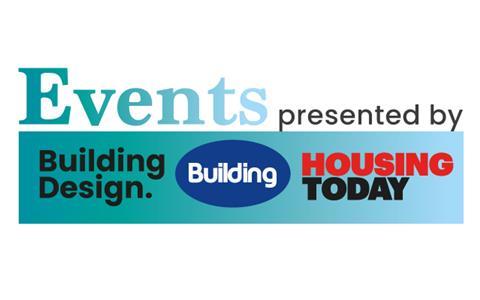
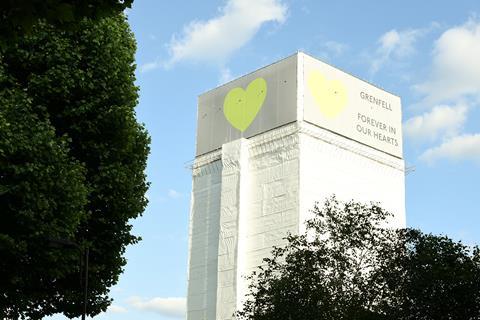




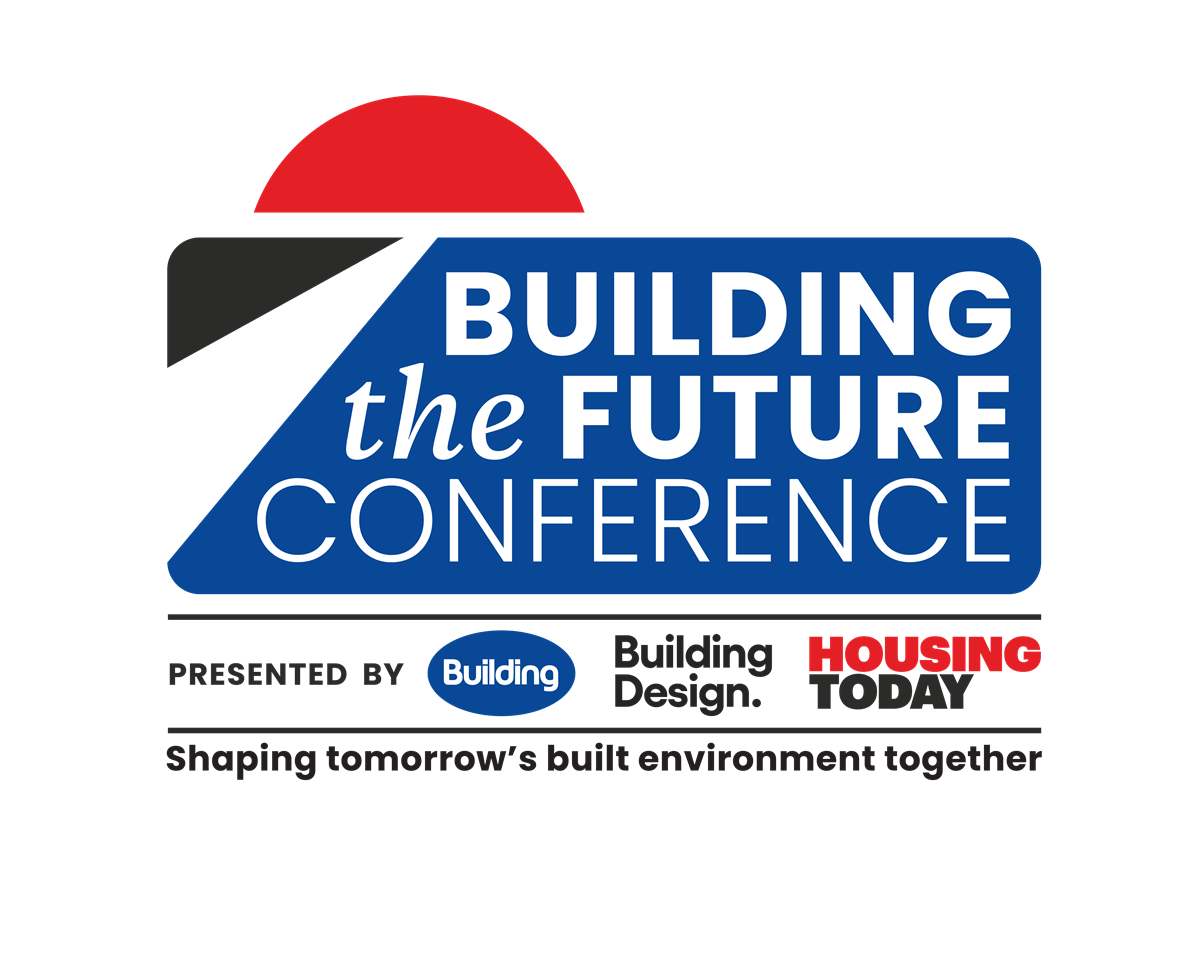
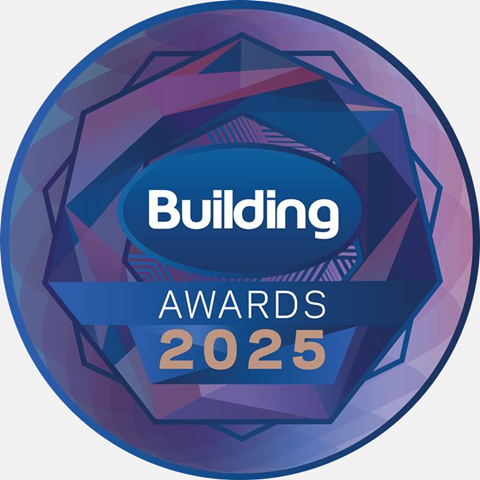
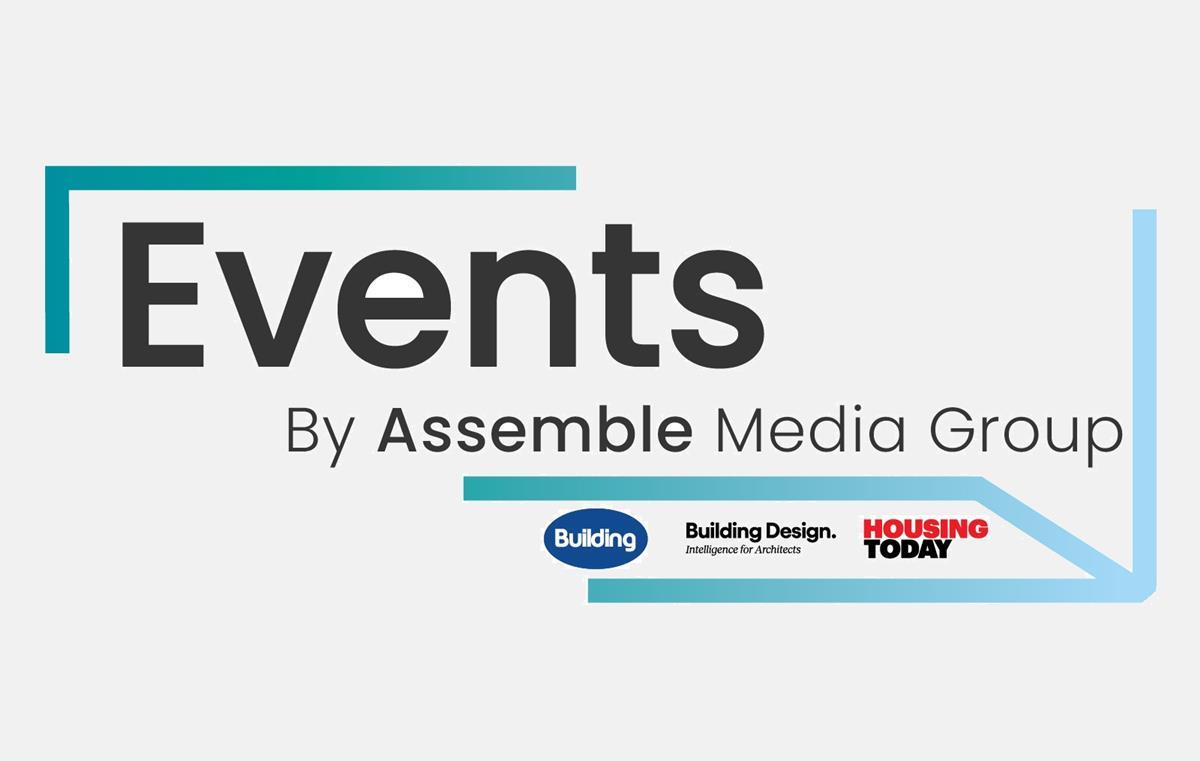









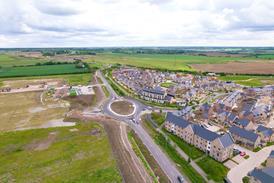







1 Readers' comment